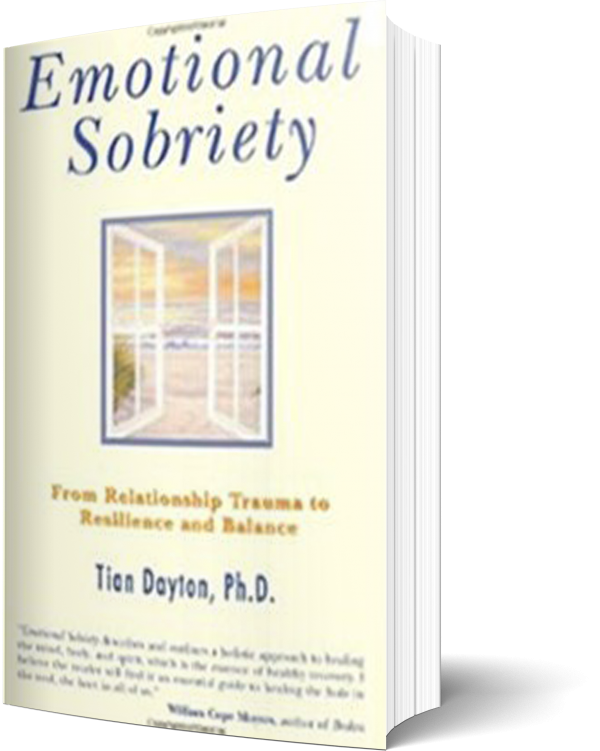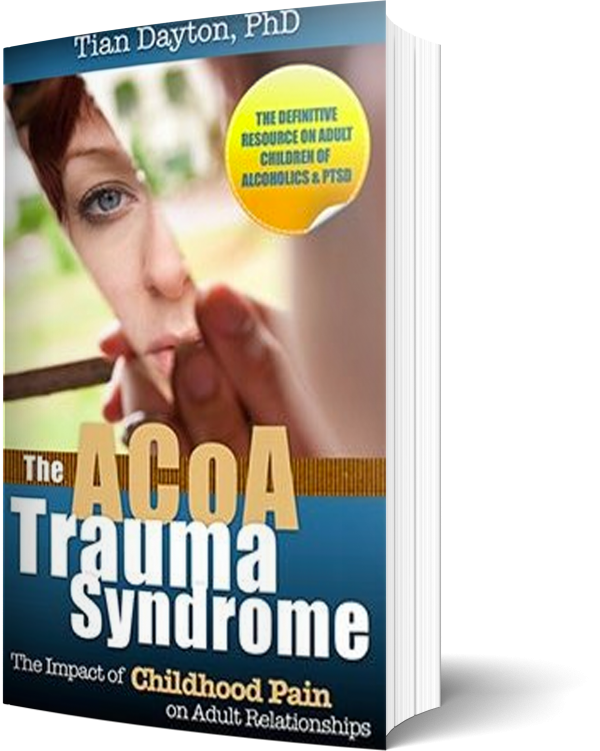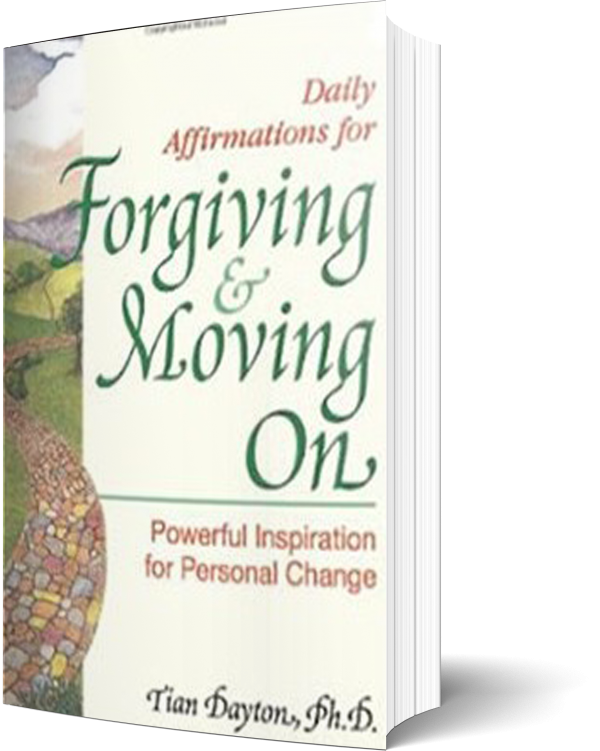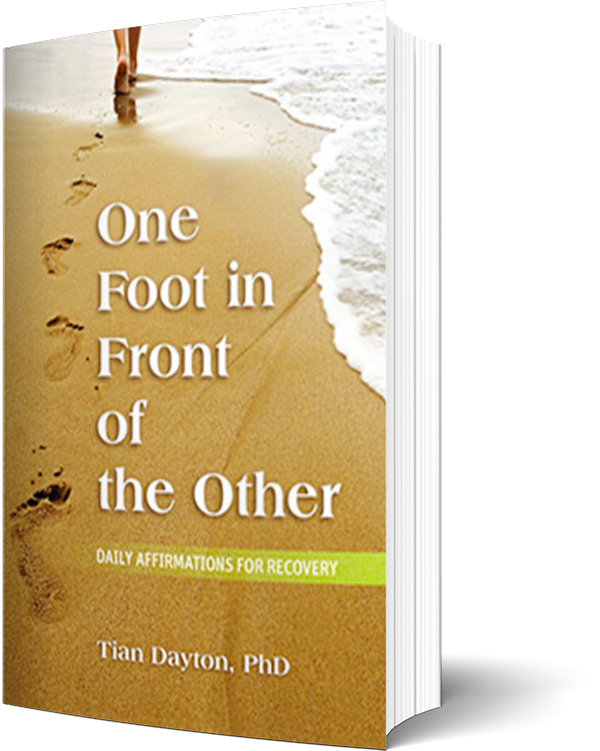September is national recovery month so I thought I’d blog about a population most dear to my heart, ACoAs.
Shows like Intervention along with celebrity after celebrity photographed in sunglasses entering various treatment centers….. has gone a long way to break down walls when it comes to looking at the pain caused by addiction.
But what about the rest of the family?
The addict isn’t the only person who needs help to become well again. Growing up in an Alice in Wonderland-like world where one pill makes you large and another small (at least on the inside) messes with everyone’s sense of reality and predictable life order. Nothing is the way it’s supposed to be in an alcoholic family. Dates are canceled, lies are told and relationship connections alternate from being close and warm to cold and distant.Children vacillate between having no power at all and way too much as adults fall in and out of normal functioning.
It’s NATIONAL RECOVER MONTH……so here goes, let’s recover. It has long been clear to me that being an ACoA needs aggressive and long term treatment. Ignoring the damage only allows it to leak out in intimate relationships in ways that make them hard to live in and to manifest in the next generation. That’s because growing up with addiction is traumatizing and the symptoms of trauma can emerge much later when we create our own families. This is what PTSD is all about, it’s a reaction to trauma that occurs long after the fact.
Following is a list of characteristics that I have been compiling for around twenty years in an attempt to help clients wrap their minds around the toll that growing up with addiction can take.
So here goes, it’s a little longer than my other blogs but you can take it in sections.
Problems with Self- Regulation: Broad swings back and forth between feeling overwhelmed with intense emotion then shutting down, characterize the trauma response. We go from zero to ten, and ten to zero, with no speed bumps in between bypassing four, five and six. We become uncomfortable living in the middle range and used to living on the edges. Twelve step programs have found a colloquial expression for this cycling, referring to it as “black and white thinking.”
Hyper Vigilance/AnxietyWhen we’re hypervigilant, we tend to scan our environment and relationships for signs of potential danger or repeated relationship insults and ruptures. We constantly try to read the faces of those around us so that we can protect ourselves against perceived danger. When we’re hypervigilant we’re constantly “waiting for the other shoe to drop,” or “walking on eggs shells.” Unfortunately, this may also create problems because we may perceive danger even where little exists or become overly reactive to perceived slights, making ourselves hard to be around or even driving a situation toward problems. (see Bessel van der kolk)
Hyper-reactivity/Easily Triggered Living with relationship trauma can over sensitize us to stress. Consequently we may over respond to stressful situations blowing conflicts that could be managed calmly out of proportion; we over react. People who are hyper reactive may become easily triggered. This hyper reactivity can emerge whether in a slow grocery line, in traffic, at work or in relationships. Stimuli reminiscent of relationship trauma, such as feeling helpless or humiliated can trigger old vulnerability; or being around yelling, criticism; even certain facial expressions may trigger a stronger reaction than is appropriate to the situation for the ACoA.
Emotional Constriction Homes that do not encourage the expression of genuine feeling along with the emotional numbing that is part of the trauma response may mean that those who have experienced relationship trauma have a restricted range of feelings that they are comfortable feeling and expressing.
Loss of Trust and FaithWhen our personal world and the relationships within it become very unpredictable or unreliable, we may experience a loss of trust and faith in both relationships and in life’s ability to repair and renew itself. This is why the restoration of hope is so important in recovery. It is also why having a spiritual belief system can be so helpful in personal healing.
Unresolved Grief ACoA’s have suffered profound losses. There has been the loss of parents to rely on, the loss of family members to addiction and possibly death, the loss of a feeling of safety, the loss of the secure family unit, the loss of trust, the loss of a stable and smooth early development. There are the losses of the comfortable family events, rituals and holidays, and as children the loss of normalcy and the security of knowing that their parents are in the position to parent them and meet their changing needs. ACoAs often need to mourn not only what happened, but what never got a chance to happen.
Traumatic Bonding Traumatic bonds, are unhealthy bonding styles that tend to become created in families where there is significant fear. Traumatic bonds have a tendency to repeat themselves, that is we tend to repeat this type of bond in relationships throughout our lives, often without our awareness. Because it is so deeply disruptive to our sense of normalcy, trauma impels people both to withdraw from close relationships and to seek them desperately. Siblings and other children will often form a trauma bond with each other, much as soldiers in or prisoners do, in a phenomenon referred to as twinning. Children who are lost and frightened may “rescue” each other, increasing their sense of loyalty and bonding. These bonds carry with them a sense of “surviving together” and may create a feeling that loyalty should be maintained at all costs, even if this bond becomes problematic or dysfunctional.
Learned HelplessnessWhen we feel we can do nothing to affect or change the situation we’re in, we may develop learned helplessness, we may give up and collapse on the inside. We may lose some of our ability to take actions to affect, change or move a situation forward.
Somatic Disturbances Because the body processes and holds emotion we may experience our unconscious emotions as somatic disturbances. Some examples of emotional pain affecting the body are back pain, chronic headaches, muscle tightness or stiffness, stomach problems, heart pounding, headaches, shivering and shaking.
Tendency to Isolate People who have felt traumatized may have a tendency to isolate and withdraw into themselves when they are feeling vulnerable. They have learned to recoil into a personless world and take refuge in avoiding connection.. Isolation is also a feature of depression. Unfortunately the more we isolate, the more out of practice become at making connections with people, which can further isolate us.
Cycles of Reenactment The reenactment dynamic is one of the most common ways that trauma from one generation gets passed down through subsequent generations. We tend to recreate those circumstances in our lives that feel unresolved, perhaps in an attempt to see the self more clearly and master or resolve our pain or perhaps because we are locked in circuits of brain/body patterning that are largely unconscious. We repeat and repeat the relational patterns that are familiar even if they do not work to get us what we really want.
High Risk Behaviors (van der Kolk) Adrenaline is highly addictive to the brain and may be a powerful mood enhancer and mood alterer. Speeding, sexual acting out, spending, fighting, drugging, working too hard or other behaviors done in a way that puts one at risk are some examples of high risk behaviors.
Survival Guilt The person who “gets out” of an unhealthy family system while others remain mired within it, may experience what is referred to as ‘survivor’s guilt.” This is a term originally used to describe what soldiers who left mates on the battlefield experienced. This person may become overly preoccupied with fixing their families because the thought of being happy when their families remain locked in dysfunctional ways of living, can be very disturbing.
Shame For the person growing up in an addicted environment, shame becomes not so much a feeling that is experienced in relation to an incident or situation, but rather a basic attitude toward and about the self. Both shame and guilt can be difficult to identify because they are so pervasive, a part of the very fabric of the personality. Shame, for example, can be experienced as a lack of energy for life, an inability to accept love and caring on a consistent basis, or a hesitancy to move into self -affirming roles. It may play out as impulsive decision-making, or an inability to make decisions at all.
Development of Rigid Psychological Defenses People who are consistently being wounded emotionally and are not able to address it openly and honestly may develop rigid psychological defenses to manage their fear and pain. Dissociation, denial, splitting, repression, minimization, intellectualization, projection are some examples of these defenses.
Relationship Issues- Those who have experienced trauma within the context of primary relationships may tend to recreate dysfunctional patterns of relating in the present that mirror unresolved issues from the past. This can occur through psychological dynamics such as projection (projecting our pain onto someone or a situation outside the self), transference (transferring old pain into new relationships (transference)), reenactment patterns (recreating dysfunctional patterns of relating over and over and over again).
Depression with Feelings of Despair The limbic system regulates mood. When we are deregulated in our emotional system through living with the pain and chaos that often surrounds addiction, we may have trouble regulating feelings such as anger, sadness and fear, all of which may contribute to depression. Research both in animals and in people show that stress or trauma early in life can sensitize neurons and receptors throughout the central nervous system so that they perpetually over-respond to stress. (van der Kolk)
Distorted Reasoning We make sense of situations with the developmental equipment we have at any given age. When we’re young we make child like meaning which may be laced with magical thinking or interpretations that are based on the natural egocentricity of the child who feels that the world circulates around and because of them. This kind of reasoning can be immature and distorted. When our family unit is spinning out of control, we may tell ourselves whatever is necessary to allow ourselves to stay connected. We may tell ourselves that our drunk mother has the flu or that our sexually invasive father loves us best. We may deny the truth that is right in front of us in an attempt to make more palatable meaning out of confusing, frightening or painful experiences that feel senseless. We may carry this distorted reasoning into adult relationships.
Loss of Ability to Take in Caring and Support from Others The numbing response along with the emotional constriction that is part of the trauma response may lead to a loss of ability to take in caring and support from others. Additionally, as mistrust takes hold, our willingness to accept love and support may lessen. We’re perhaps afraid that if we let our guard down, if we let connection feel too good, we’ll only set ourselves up for more pain when the inevitable happens and we’re disappointed again and again. So we protect ourselves as best as we know how imagining that by avoiding meaningful connection we will also avoid hurt. (van der Kolk)
Desire to Self Medicate The emotional, psychological and physiological set up that accompanies relationship trauma, can lead to self medication; in which we seek a chemical solution for human problems. Self medicating can seem to be a solution in the immediate moment, as it really does make pain, anxiety and physiological disturbances temporarily disappear, but in the long run, it creates many more problems than it solves. As addiction creates life complications, we reach for more and more medication to manage the increasing turmoil in our inner and outer worlds. All too often the ACoA becomes an addict, part of getting and staying sober for this person will be facing the pain they carry from growing up with addiction that might trigger relapse. (van der Kolk)
Click here for RECOVERY MONTH Interview of Tian Dayton on SAMSHA site
http://www.recoverymonth.gov/Voices-for-Recovery/Stories/Dr-Tian-Dayton.aspx





